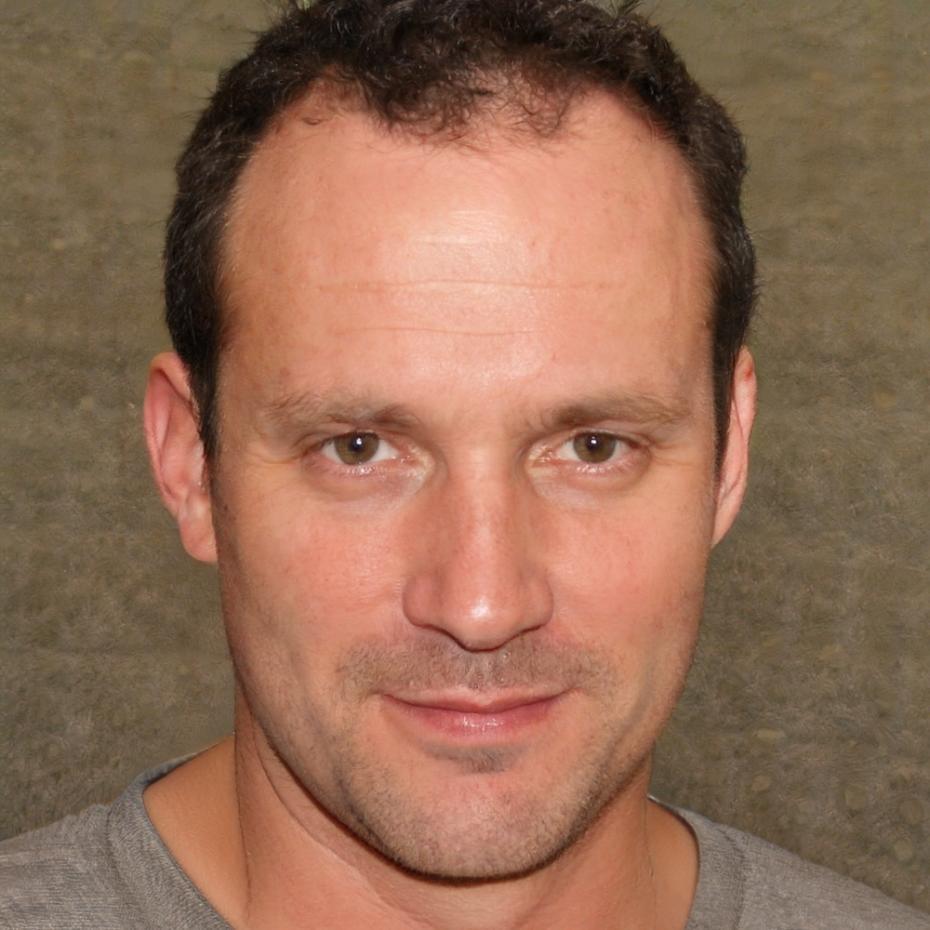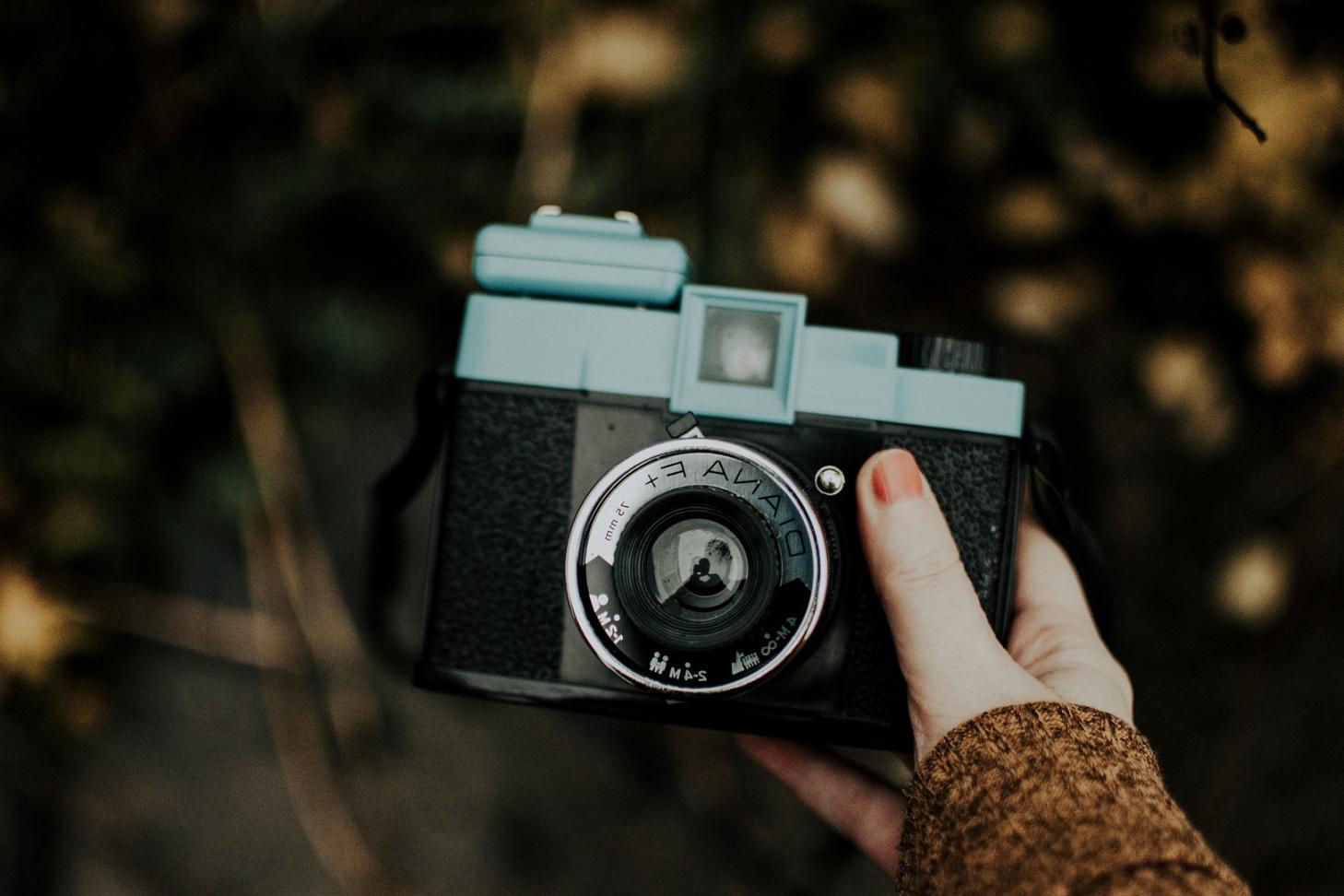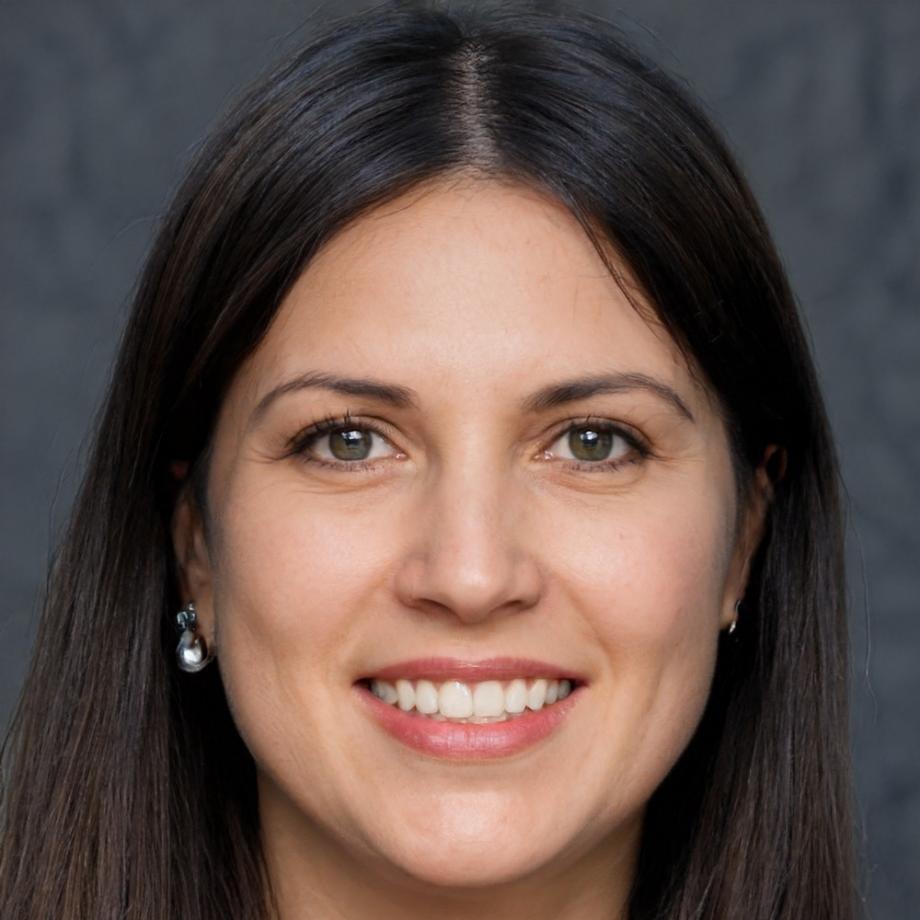Wildlife Photography Teaching Methods
Learn from experienced instructors who combine field expertise with proven educational techniques to help you capture nature's most stunning moments

Reuben Castellanos
Lead Wildlife Photography Instructor
With over fifteen years documenting wildlife across North America, Reuben brings both technical mastery and field experience to every lesson. His patient approach helps students build confidence while developing their unique photographic voice.
Our Teaching Philosophy
We believe the best wildlife photography education happens when technical knowledge meets real-world experience. Our instructors don't just teach camera settings—they share the wisdom that comes from countless hours in the field, helping you develop both skills and instincts.
Hands-On Learning
Every lesson includes practical exercises that build muscle memory and confidence with your equipment.
Field Experience
Regular outdoor sessions in diverse environments help you apply techniques in real-world conditions.
Individual Guidance
Small class sizes ensure personalized feedback and attention to your specific goals and challenges.
Portfolio Development
Structured critiques and guidance help you build a cohesive body of work that tells your story.
What Makes Our Approach Different
The camera is just a tool. What matters is learning to see the story that's already happening in front of you.
This mindset shapes everything we teach. Rather than focusing solely on technical perfection, we help you develop the observational skills and patience that separate good wildlife photographers from great ones. You'll learn to read animal behavior, anticipate moments, and work with natural light in ways that create compelling images.
Your Learning Journey
A structured path from foundation skills to advanced field techniques, typically spanning 8-10 months
Foundation & Equipment Mastery
Start with camera fundamentals, lens selection, and basic composition principles. Learn to work confidently with manual settings and understand how different focal lengths affect your storytelling.
Behavior & Field Techniques
Study animal behavior patterns and learn fieldcraft skills. Practice approaching wildlife respectfully while developing the patience and observation skills that lead to better photographs.
Advanced Lighting & Composition
Master natural light at different times of day and in various weather conditions. Develop your compositional eye and learn to create images that convey mood and story.
Specialized Techniques & Portfolio
Explore specialized areas like bird photography, macro work, or landscape integration. Begin developing a cohesive portfolio that reflects your unique perspective and interests.
Start Early
Best wildlife activity happens in the first two hours after sunrise. Plan your sessions accordingly and arrive before the action begins.
Study Patterns
Animals are creatures of habit. Learn feeding times, migration routes, and seasonal behaviors to anticipate great photo opportunities.
Respect Distance
Use longer lenses instead of getting too close. This keeps wildlife comfortable and often results in more natural, relaxed behavior.
Focus on Eyes
Sharp eyes create immediate connection with viewers. Even if other parts of the image are soft, crisp eyes will make your photo compelling.
Wait for Action
Patience pays off. Sometimes the shot you've been waiting for happens in the last five minutes of a three-hour session.
Check Backgrounds
A distracting background can ruin an otherwise perfect shot. Move your position or wait for the animal to move to a cleaner setting.
Ready to Begin Your Journey?
Our next comprehensive program starts in September 2025. Classes are limited to eight students to ensure personalized attention and plenty of field practice time.
View Program DetailsHow We Build Expertise
Real expertise comes from combining knowledge with experience. Our methods focus on building both technical skills and field instincts through structured practice and mentorship.
-
Guided Field Sessions
Weekly outdoor sessions in different habitats where you practice techniques while instructors provide real-time guidance and feedback on your approach.
-
Image Review & Critique
Regular portfolio reviews help you understand what works and why. We focus on both technical aspects and storytelling to develop your photographic voice.
-
Seasonal Workshops
Specialized sessions timed with migration patterns, breeding seasons, and weather phenomena that create unique photographic opportunities.
-
One-on-One Mentoring
Individual sessions address your specific goals and challenges. Whether you're interested in bird photography or large mammals, we tailor guidance to your interests.


Kimberly Meadows
Field Techniques Specialist
Every student brings different strengths and interests. My job is helping you discover what type of wildlife photographer you want to become, then giving you the skills to get there.